Content:
The correct temperature regime is extremely important for young plants, which have yet to grow stronger and give a long-awaited harvest. To obtain a tomato harvest in most regions of Russia in the spring, seeds are sown not in open ground, but for seedlings. This allows you to bring the ripening time closer and make the most of the short summer.
Seedlings are grown in greenhouses, as well as at home on windowsills (for personal backyards). Sowing is performed in a common container, and then picking is performed in separate cups. In the future, seedlings with 3-4 leaves are planted already in greenhouses, greenhouse boxes, on open beds.
What temperature can tomato seedlings withstand
Without exception, all modern varieties of tomatoes are heat-loving plants. And although the manufacturer may indicate on the seed packages that this variety or hybrid is cold-resistant, the buyer will only be told that the seedlings will survive when the air temperature drops to + 5-8 ° C for a short period. On sale you can find the varieties "Far North", "Sanka" and "Yamal 200", which for a short period (up to 12 hours) will be able to survive a cold snap up to + 10 ° С, but not negative degrees.
What does it mean to survive? The plant after such an extreme cold snap will continue to grow, but in this case it will take at least a week to recover, which means that harvesting will be postponed for this period.
When cooled to + 5 ° C, ordinary tomatoes can freeze, like bell peppers. They wither and die, since the sap flow completely stops inside the plant. Moreover, if the temperature drops to + 8 ° C at night, even in very strong seedlings, all the buds are likely to wither and fall off in the morning, it is extremely undesirable to freeze the seedlings. After such severe stress, it will be difficult for tomatoes to recover. If we are talking about common mid-season varieties, then they stop flowering and growth already at + 15 ° С. When a cold snap occurs in the middle of summer to + 10 ° C, then the already formed green fruits will stop ripening.
A simple procedure for hardening seedlings helps to solve the problem with unexpected cold snaps. To do this, young asthenia with 3-4 leaves in boxes is taken out in the spring to fresh air, or left on the balconies with open windows in the warmest afternoon (from 2 to 4 hours). The optimum air temperature for this is + 15 ° C. This measure helps to achieve several very important goals at once:
- The survival rate on a cold garden bed in the open field will be less painful, since in a week of hardening, the root system of the seedlings will have time to get stronger.
- The leaves of young tomatoes will get used to the sunlight. In the garden, the sun will no longer burn the leaves.
- Plants will feel the real wind, so they will gain elasticity and will not break from the first gust after transplanting.
- If a sudden freeze occurs, hardened plants will have a much better chance of surviving.
Start "walks" from 1 hour. Then add 0.5 hours - 1 hour a day.In the end, you can even leave the boxes in the open air overnight, if the night temperature does not drop below + 10 ° C.
Frosts and minimum temperature for tomato seedlings
The minimum temperature for each variety of tomatoes will be different. For the culture as a whole, the temperature range is quite wide: from 0 ° С to + 43 ° С. There are frost-resistant varieties that, according to gardeners, do not die even with frosts down to -40 ° C, but only in calm weather and subject to negative temperatures for tomatoes at night for an extremely short period. If the nights are still frosty, then you should not hope for the "heroism" of your seedlings - they will simply die. Knowing what kind of frost the tomatoes can withstand, you can plan the date of planting on the beds.
Among the factors that significantly increase the resistance of tomatoes to low temperatures, the following can be distinguished:
- Zoning. You should buy seeds that are zoned for the specific location of the buyer.
- A small bush with a powerful thick stem.
- Large and strong root system.
- Excellent nutrition and regular watering.
- Protection against pests and common diseases.
- Hardening.
If frosts are still coming, and the minus regime is inevitable, you should not despair. Plants can be saved even in such a desperate situation. One or more dark-colored barrels (how many) filled with water are placed in the greenhouse. Even in May, it is already warm enough during the day so that the water in the barrels warms up well, and at night it gradually gives off heat, heating the air in the greenhouse.
Outdoor planting will help save the covering material. For this purpose, you can use a film or agrofiber. If the day promises to be cold, then during the day the shelter is left for the next night too. With the advent of the sun, the film is removed, but they continue to closely monitor the thermometer and the weather forecast.
Ground temperature for planting tomatoes
If you plant seedlings in insufficiently warmed soil, this leads to a natural slowdown in its growth. Saplings are very poorly taken in a new place, they remain lifeless for a long time, and the roots acquire a bluish tint. Even with subsequent warming, supercooled plants remain extremely vulnerable to common diseases, yields are reduced, and the crown is formed with distortion.
Seedlings should receive nutrients from the soil, as well as the moisture it needs for growth, but the opposite process takes place. The root system is quickly depleted, the crown of the bush becomes very lethargic, the stem becomes thinner, the leaf becomes an ugly yellow color. You can revive your planting in such a situation, but you still won't be able to achieve the expected harvest. And what does grow will ripen much later than it could be under normal conditions.
With timely planting and heating of the soil to optimal values, the seedlings are not oppressed, it is easy for it to take on a new place and quickly go into growth and flowering. In 2-3 weeks, the plant acquires a powerful root system and reaches the height it needs. Flowering and ovary formation will also occur on time, without delays.
In order for the selected variety or hybrid of tomato to give the required yield, it must be planted in soil warmed up to the optimum temperature of + 21 ° C. This is the ideal metric to strive for. At night, the soil temperature can even drop to + 16 ° C - this is quite safe. For high-quality growth in the greenhouse, it is necessary to maintain an even temperature for tomato seedlings during the day in the range of + 20-22 ° С.
If the soil is supercooled and its temperature during the daytime drops below + 16 ° C, then the negative consequences will not take long to wait:
- The absorption of nitrogen and phosphorus fertilizers will slow down, as will plant growth.
- The accessory roots do not have enough strength to grow, so the bush will be forced to receive nutrients from a smaller root system than it needs.
- Moisture will not be absorbed from the soil to the extent that is needed to build up deciduous mass and form ovaries.
With such unfavorable cooling of the soil, all plants planted in a garden bed or in a greenhouse will sooner or later die. At first it will freeze, ceasing to throw out new leaves and buds, and then dry up. No less than cold, high temperatures are dangerous. The sun burns the leaves, dries them out and causes buds and ovaries to crumble.
Low-growing tomatoes can be replanted up to 50 days of age. This is the maximum for low-growing varieties, while for tall ampelous varieties, you can withstand 90 days if the weather outside requires it.
In unprotected soil, seedlings are planted in the first decade of July in regions with a temperate climate. If we are talking about a greenhouse, the terms can be shifted arbitrarily, it all depends on the owner's ability to ensure the optimal temperature regime inside. On balconies with good insulation and on loggias with metal-plastic glazing on the south side of the house, the soil may well warm up to the desired temperature by mid-spring.
Another option is a polycarbonate greenhouse, which is perfect for almost any garden crops, including tomatoes. It is quite easy to equip such a structure with everything necessary for growing heat-loving crops, for example, to install a heating oven.
At what temperature do tomatoes grow
If the greenhouse is small, then there is always the danger of too abrupt transitions in it from warm to cold. This is a critical minus of all greenhouses, which is almost impossible to fix. That is why it is recommended to use them in those regions where spring still comes early. In cold areas, where long frosts are quite possible in May, it is still better to glaze the greenhouse.
Modern technology makes it much easier for the gardener to care for the seedlings. So using automation, you can set the opening / closing mode of the vents. They need to close when the air temperature drops below + 18 ° С, and open when heated above + 25 ° С. Under these conditions, the risk of overheating or hypothermia is minimized.
Drafts are not scary even for young plants, on the contrary, the benefits of a fresh breeze, which will purify the air and lower the humidity in the greenhouse, are very bumpy. If the humidity is too high, then the pollen will simply not be able to separate itself from the stamen and transfer to the pistil, even in self-pollinated varieties. Open vents will allow bees to enter the greenhouse, which are the best pollinators for all garden and horticultural crops.
When the air temperature rises above + 30 ° C, flowering will first slow down, and then stop altogether. The already formed ovaries will dry out and fall off. At such a high temperature, pollen cannot mature, which means that pollination of new flowers will not occur.
Too low humidity (below 30%) is also bad, since pollen caught on the pistils cannot germinate with such dryness. Flowers will remain non-pollinated and ovaries will not form until the air is humidified to the required minimum value.
The article describes in detail what temperature tomato seedlings withstand. It is easiest for a gardener to provide optimal temperature conditions for the growth of tomato seedlings in a greenhouse. In the open field, certain risks always take place, since it is not yet possible to give a 100% reliable weather forecast for a very long time. Wishing to reduce the risk of seedling death to a minimum, you can shift the timing of planting young seedlings in open ground to summer, but this will also postpone the timing of harvesting.
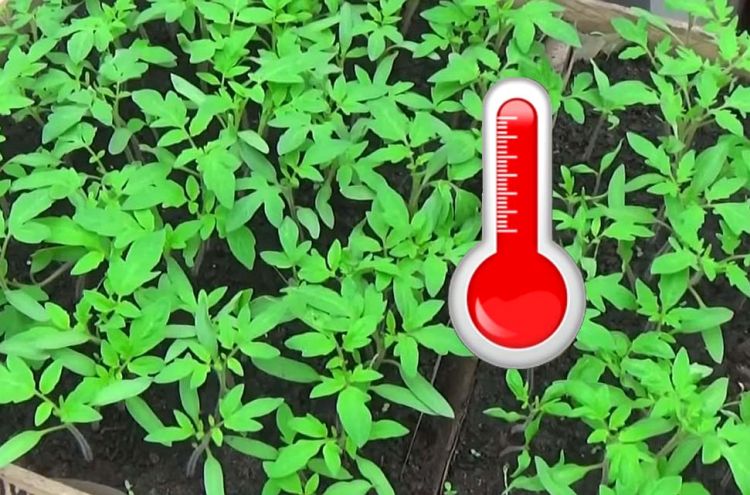


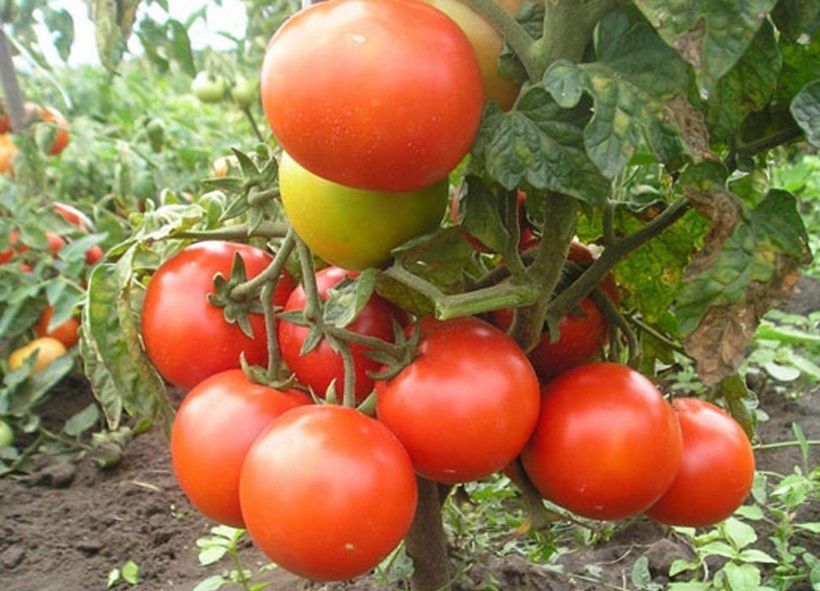
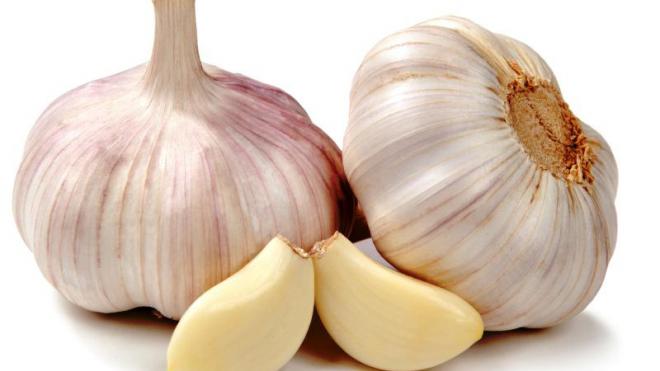

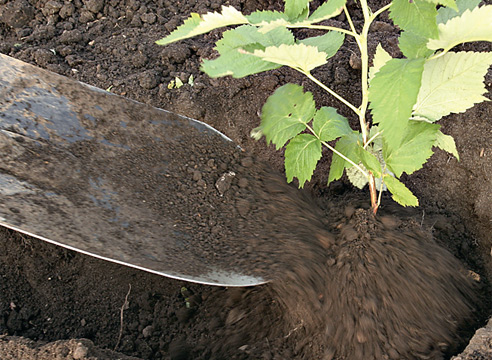
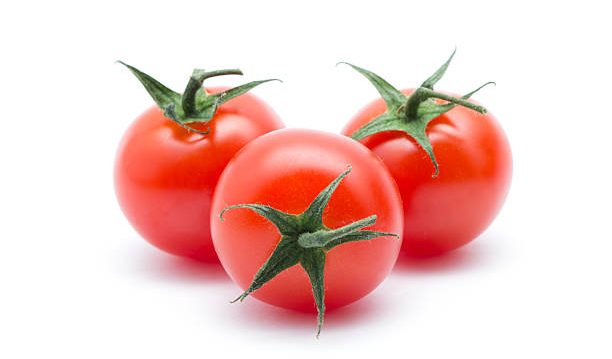
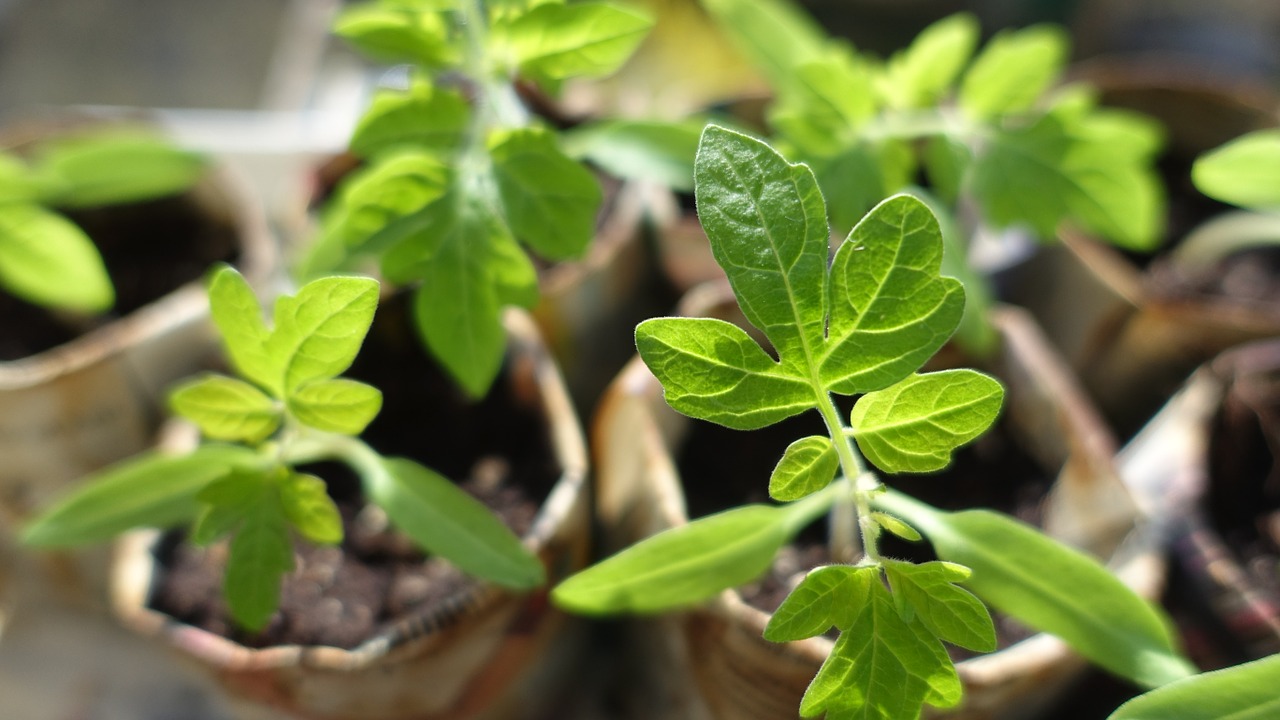







The easiest way to determine the acidity of the soil is that it grows well on it, if there is a lot of plantain, then it is better not to plant raspberries in this place, otherwise the berries will be small, when buying seedlings it is necessary to take into account the soil factor